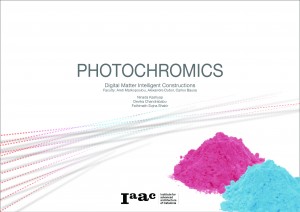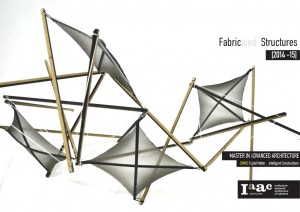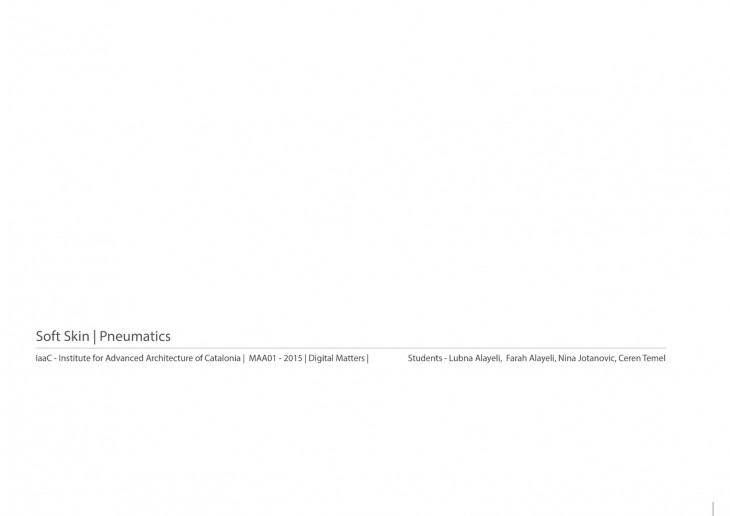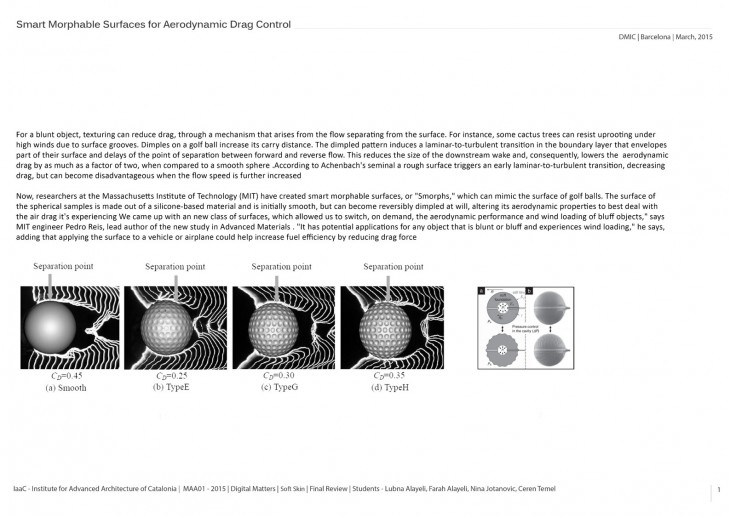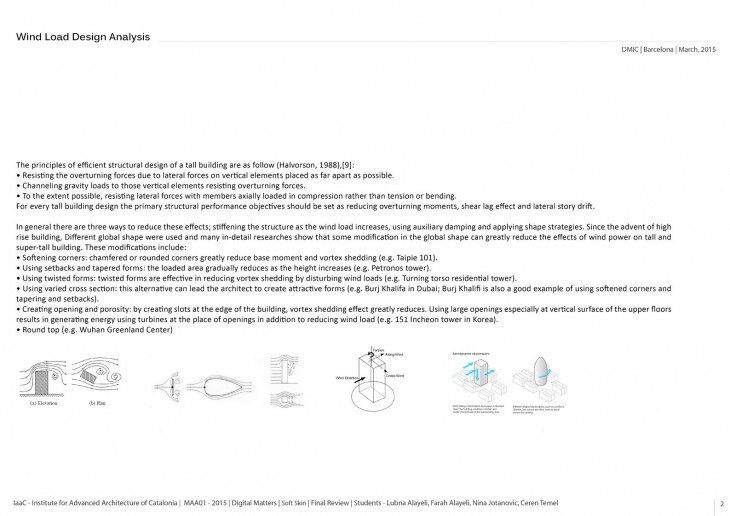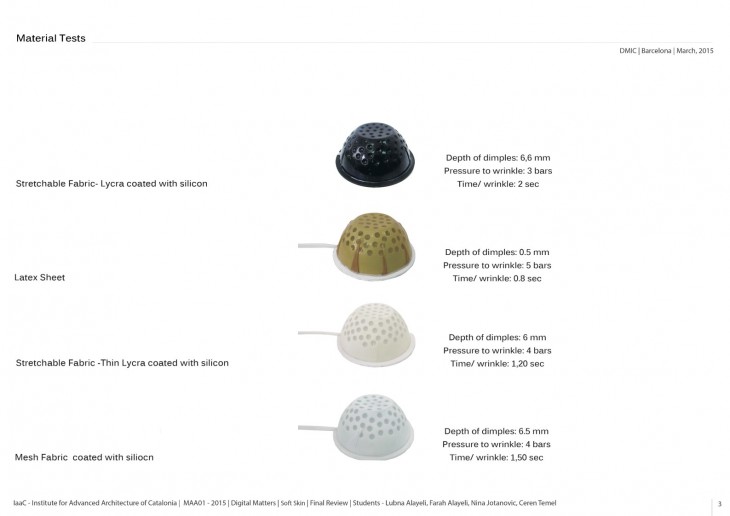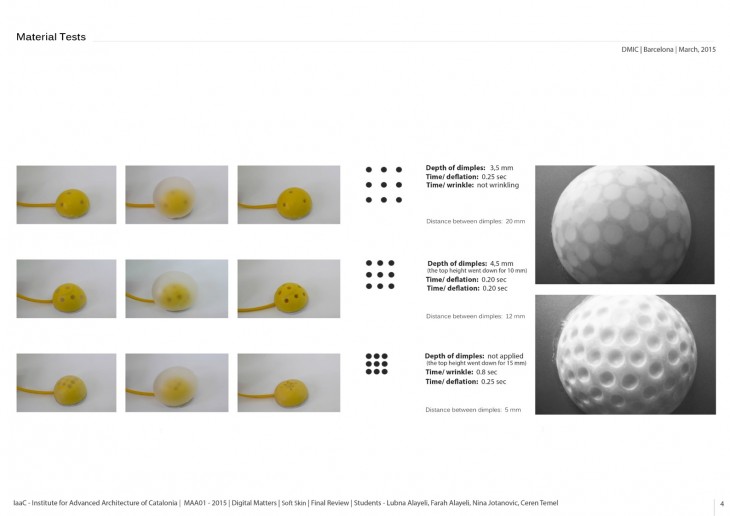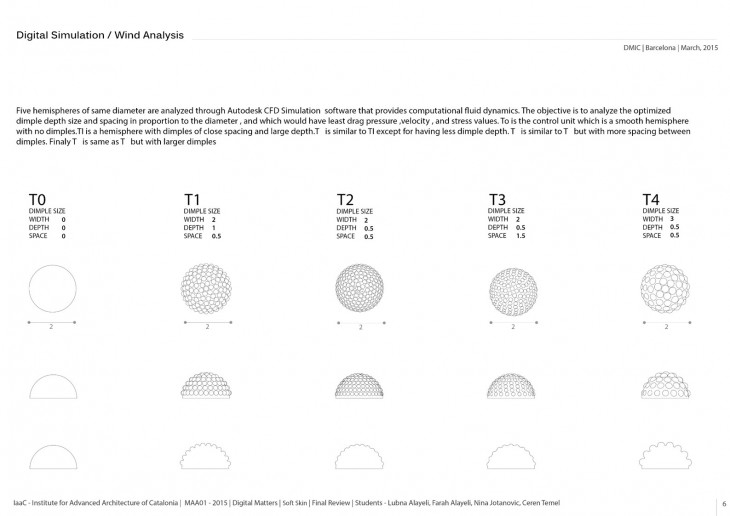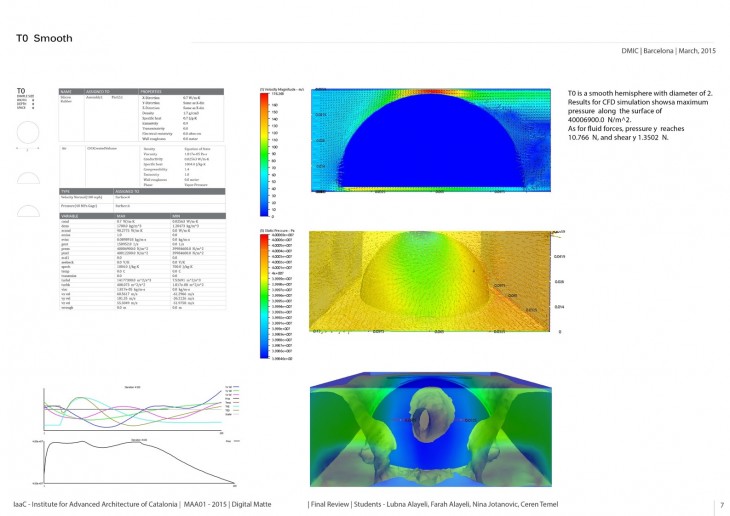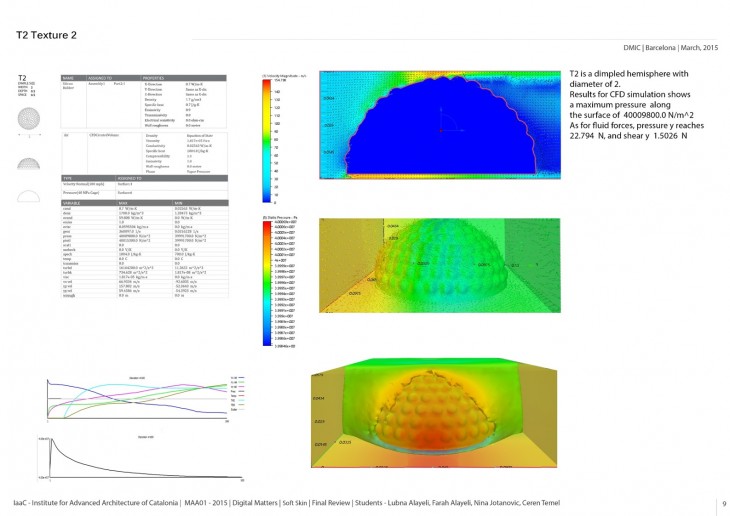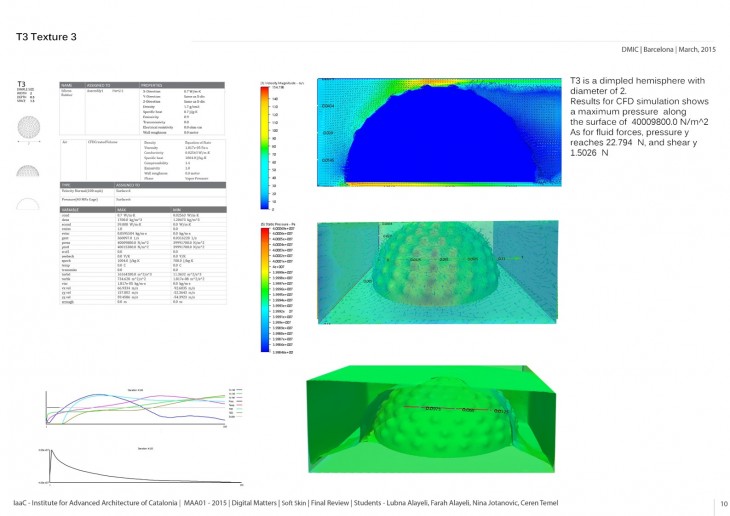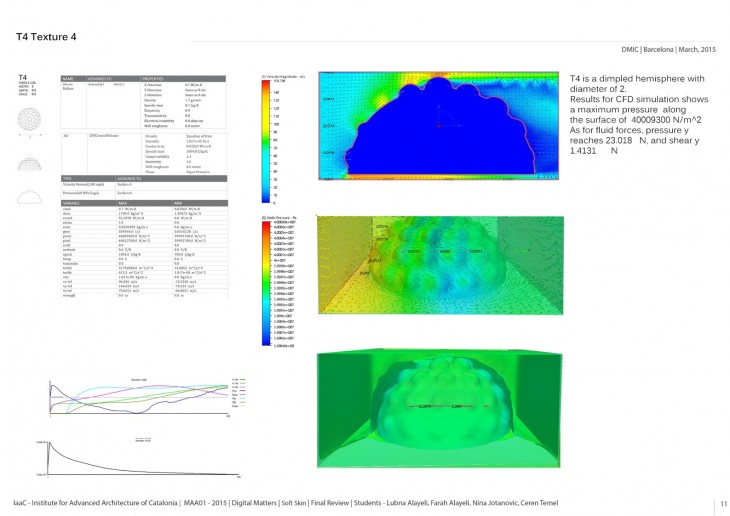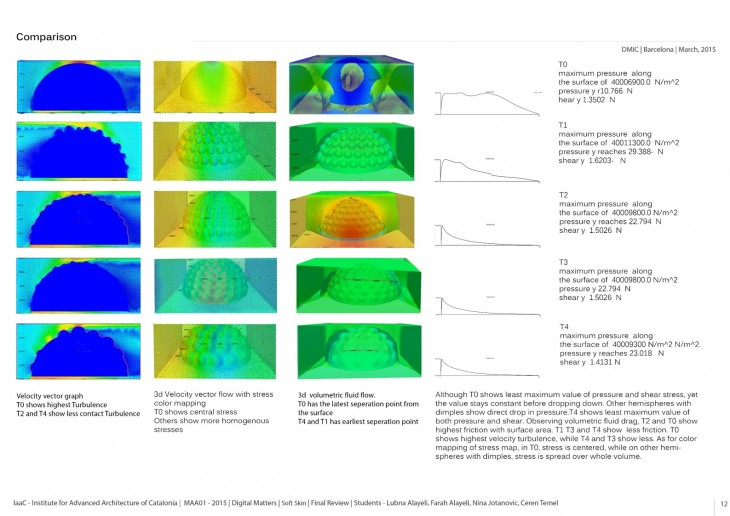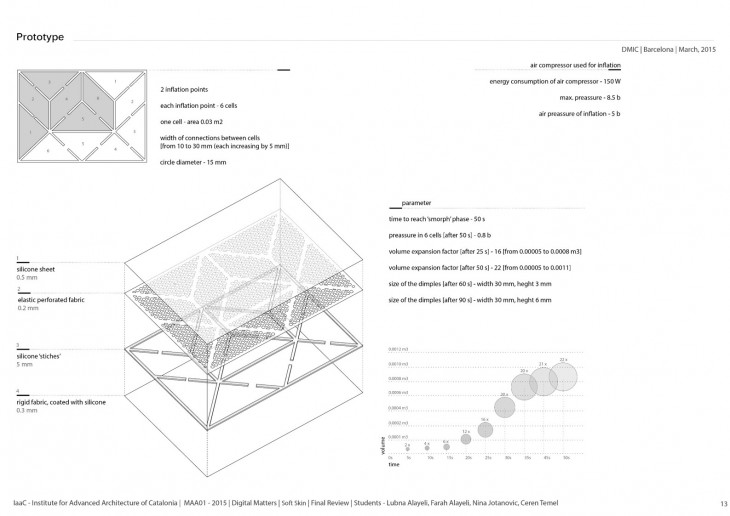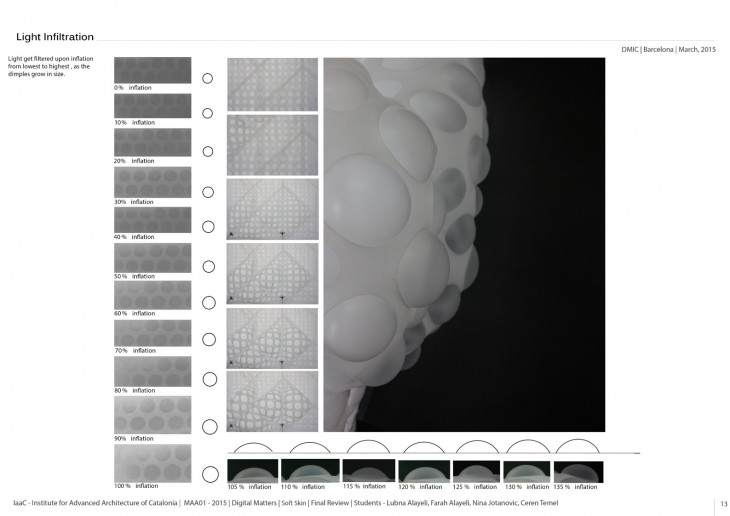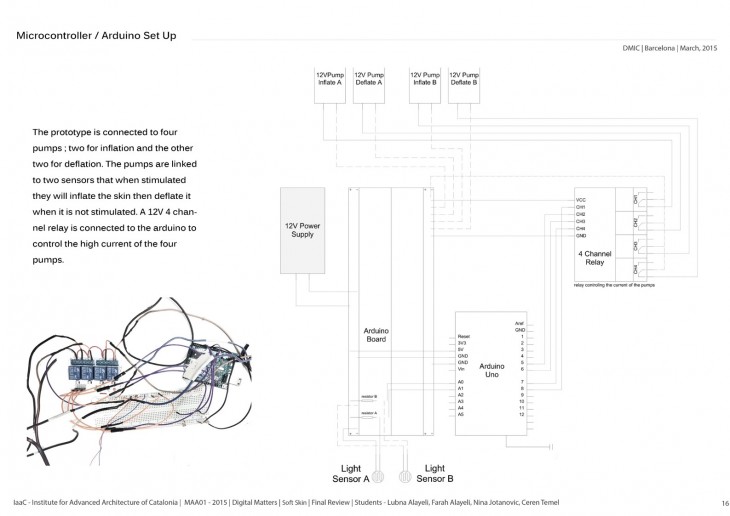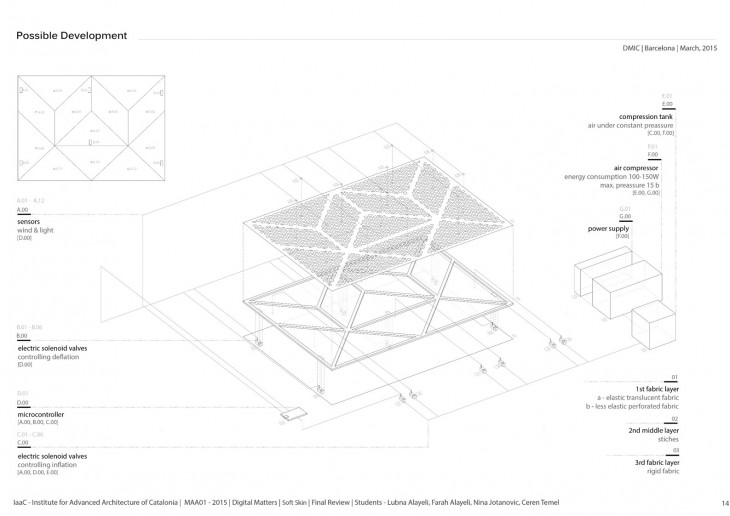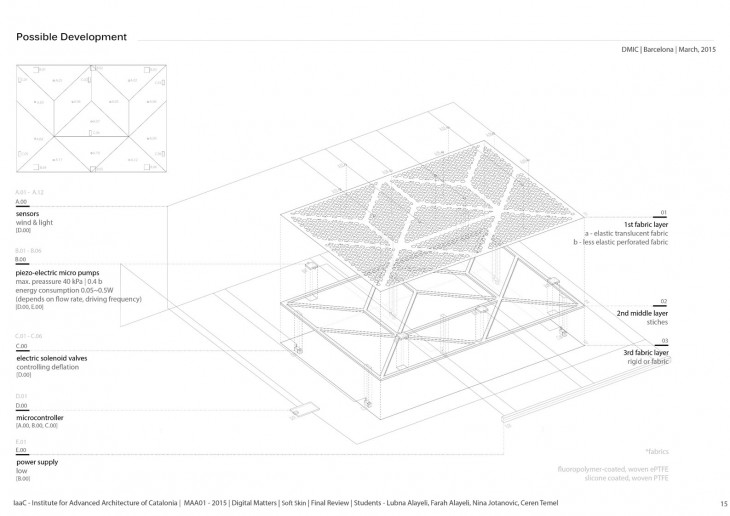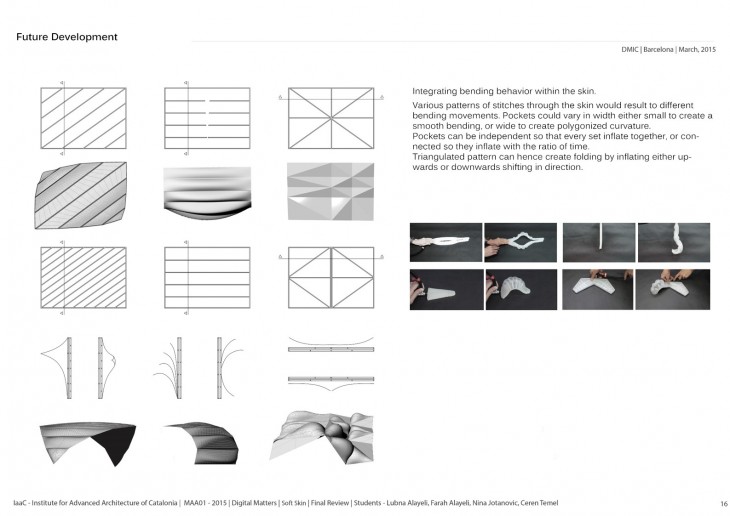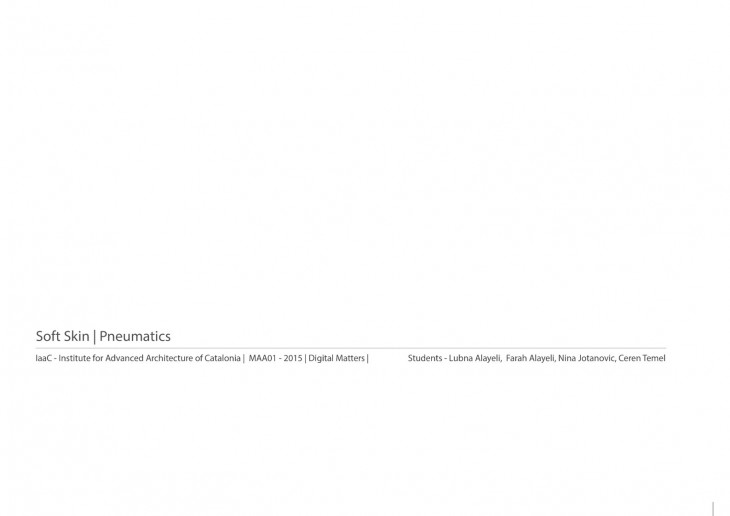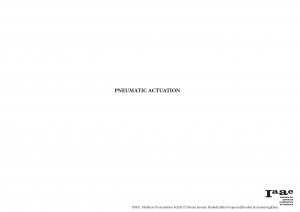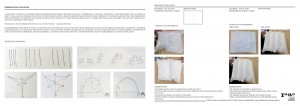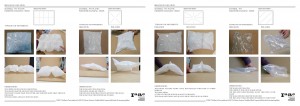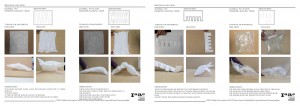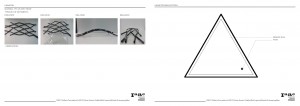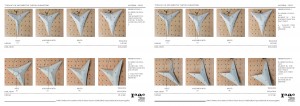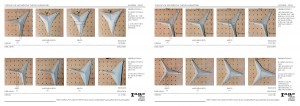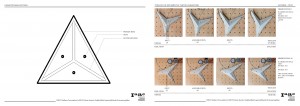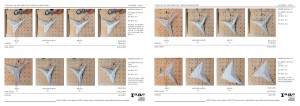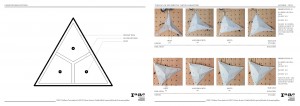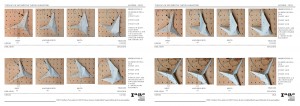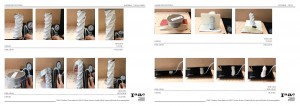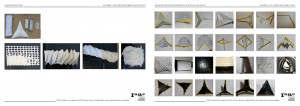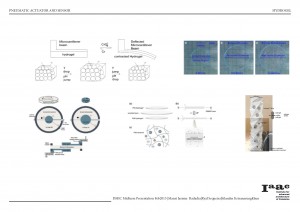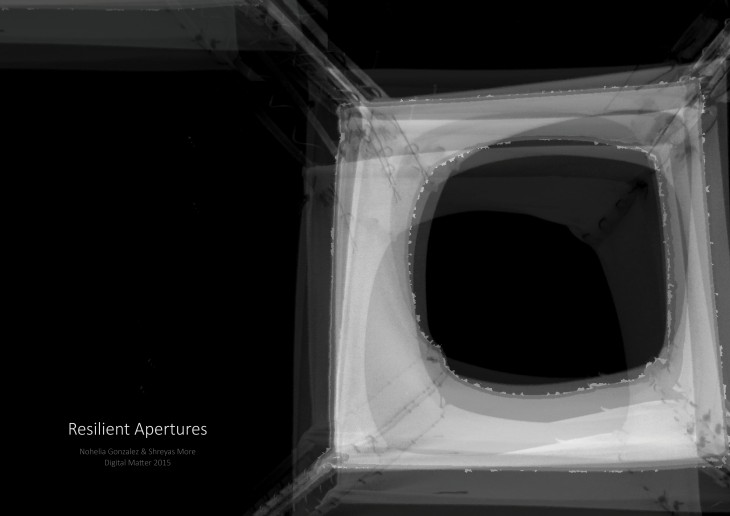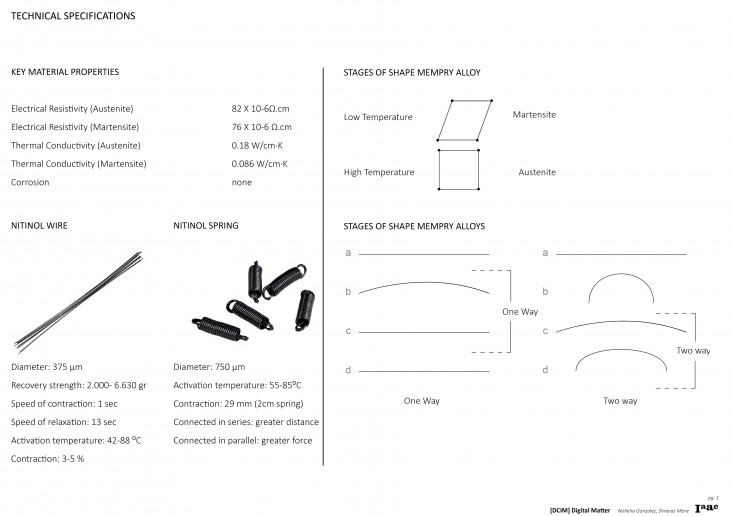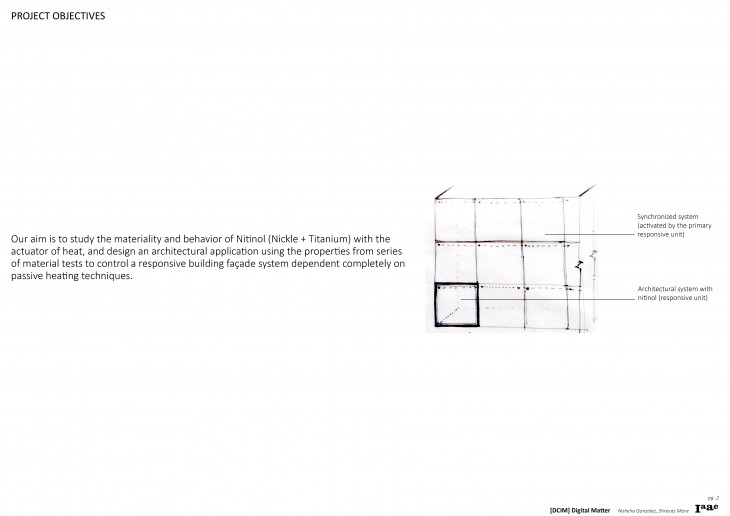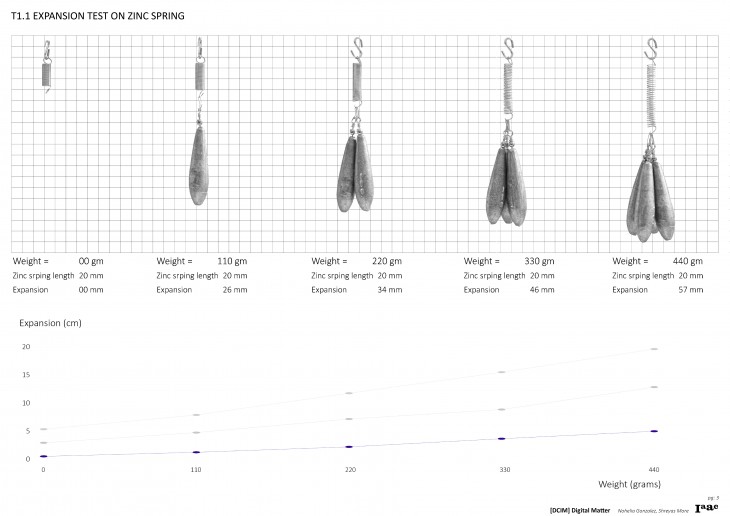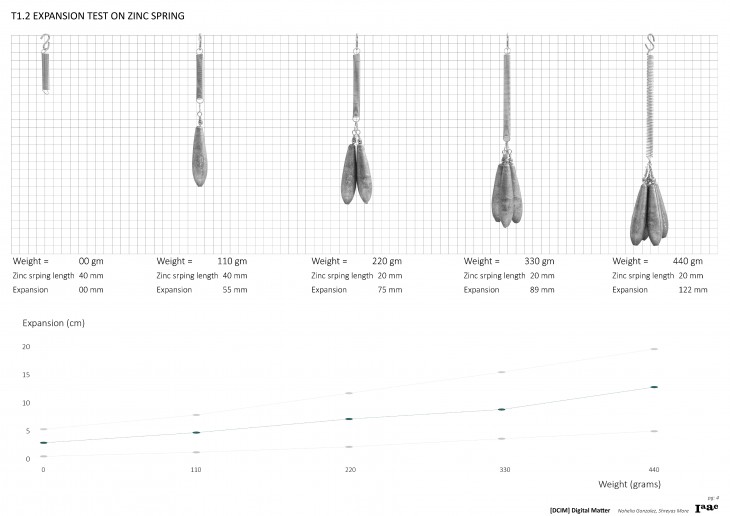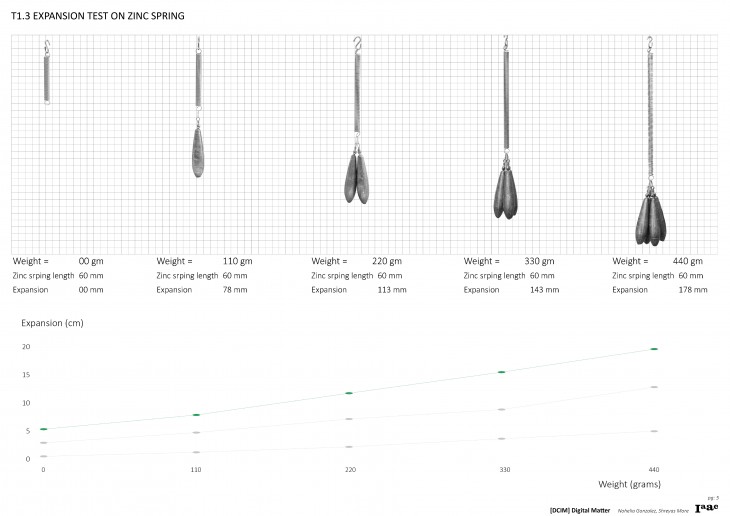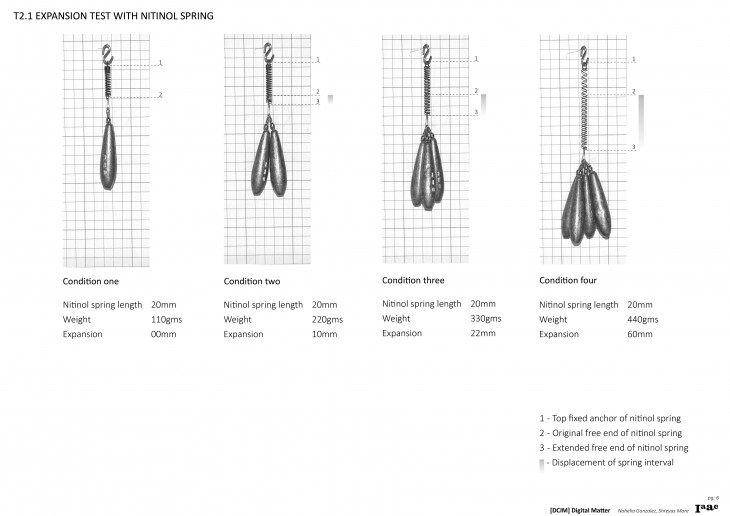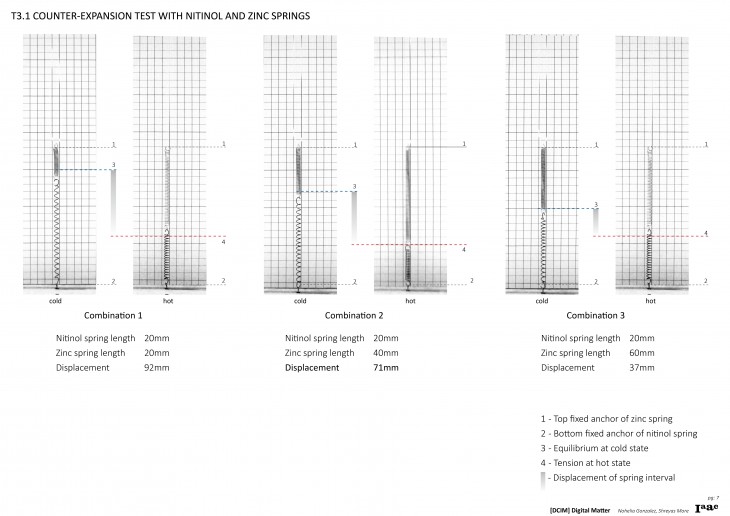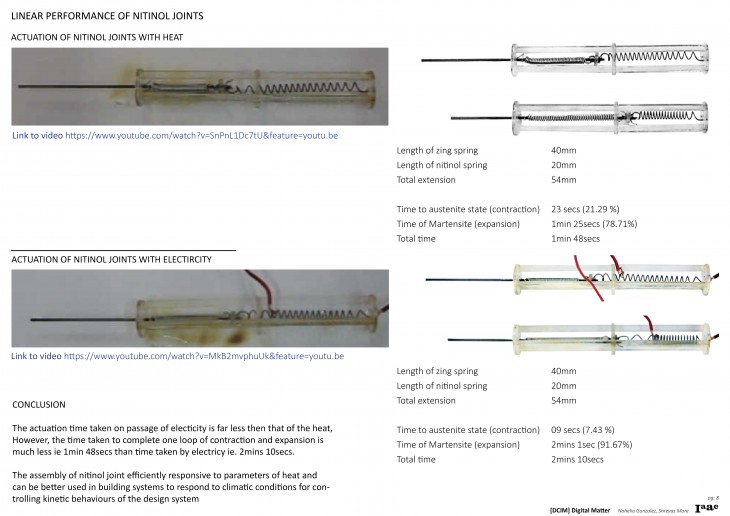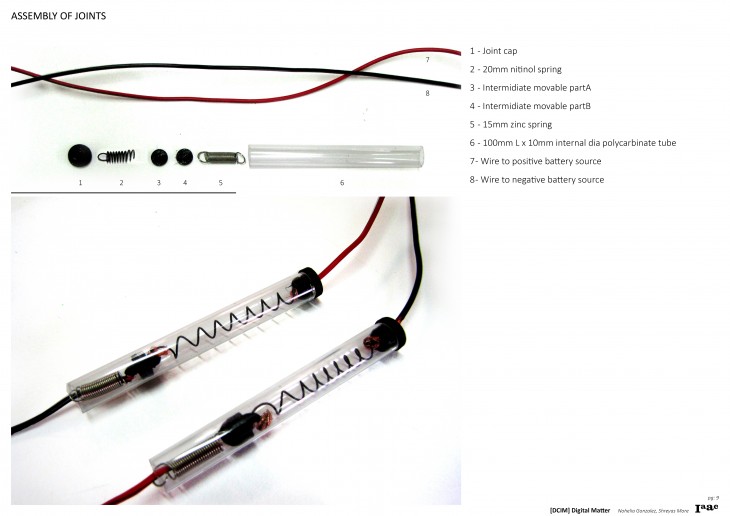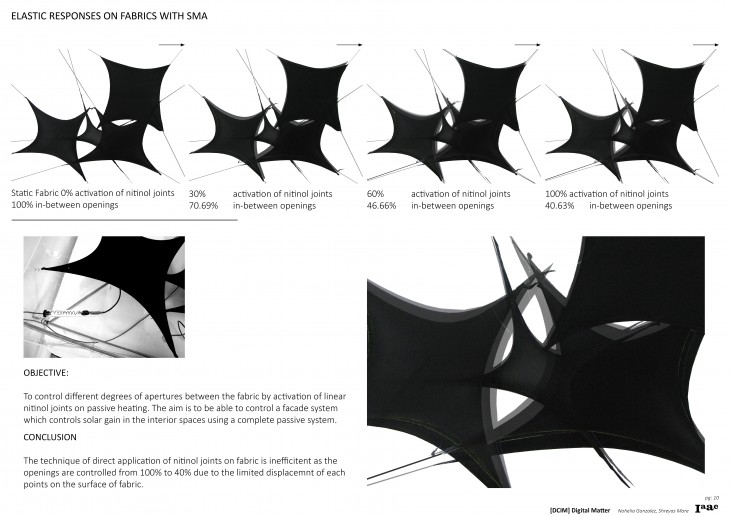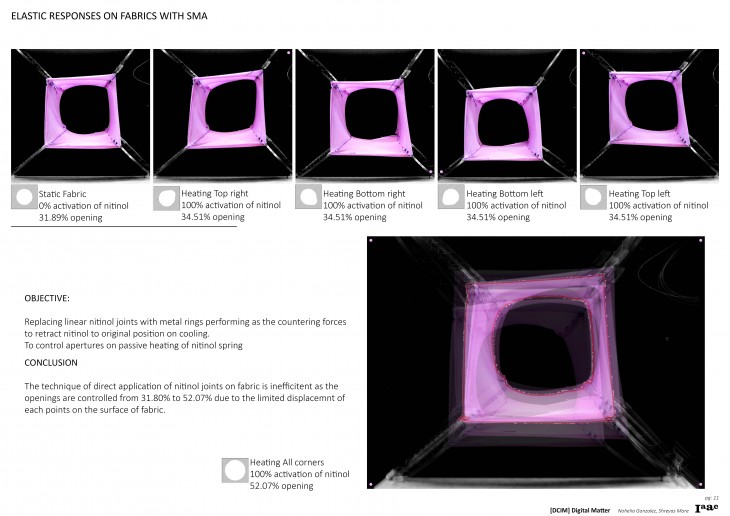Photochromics
Pre-fabric-ated Structures | final presentation
Group: Arnellou Zoi-Dafni, Papakonstantinou Eirini-Aikaterini, Sarantinoudi Panagiota
Link to the presentation containing all the images and videos
https://www.dropbox.com/sh/fqpjvlmktieuub6/AACezYW01w9e0sibFfndGHhia?dl=0
Pneumatic Actuation
Group – Mansi Jasmin Radadia, Silasalin Krisanarungkhun, Ryal Sequeira
Research – Translation of Geometry; Mode – Inflation; Fluid – Air
Resilient Apertures
MATERIAL
The Nitinol (Nickle 51% + Titanium 49%) is a shape memory alloy which can be programmed to take a certain shape at actuating temperature which is called the austenite state ranging from 45-85⁰C. This smart material possesses a great load carrying capacity when it is transforming back to its programmed shape on deformation. This capacity of pulling weights on activation was explored in series of experiments to understand the potentials of this material for use in architectural scale.
OBJECTIVE
The aim is to study the materiality and behavior of Nitinol with the actuator of heat, and design an architectural application using the properties of expansion, contraction and weight bearing strength from series of investigations to control a responsive building façade system, dependent completely on passive heating techniques.
TESTING STRENGTH CAPACITIES OF ZINC AND NITINOL SPRINGS
In the T1 test series of experiments, standard zinc springs are put through series of investigations to find their spring constant and degree of expansion and resistance. The T2 test series of experiment is performed on the Nitinol spring to understand its weight bearing capacity and pulling strength on heating.
TESTING NITINOL-ZINC SPRINGS IN SERIES
The results of T1 and T2 are used in test series T3 to couple the zinc and Nitinol together to find a match between the 2 springs. This creates a loop movement on expansion of either spring.
Conclusion: In cold state, the strength of Zinc spring must be a little more than Nitinol spring. Nitinol on heating pulls the zinc spring due to its high capacity of pulling weights while nearing austenite and the zinc contracts to expands Nitinol spring on cooling. This loop of linear expansion of springs is performed at every change of temperature above and below actuating temperature of Nitinol. The length of each spring is crucial in determining the displacements between springs used to mobilize the kinetic system.
Best result obtained a movement of 34% expansion of the length of joint.
DESIGN OF JOINT
The joint are designed with 20mm Nitinol spring and 40mm zinc spring connected in series. The central point of connection of springs is mobile which slides in either direction while the ends are constricted. The Nitinol in martensite is stretched by the zinc spring to maintaining equilibrium of forces. On actuation by heat or electricity, the Nitinol contracts, displacing the central piece which lengthens the joint by 34mm in a 100 mm joint. On completion of one loop, the displaced point returns to original position. Different lengths of springs are studied to obtain maximum displacement.
APPLICATION SYSTEM 1
The capacity of Nitinol-zinc joint to displace objects is studied on fabrics. Stretched fabrics possess resistance which is combined with the resistance of zinc to determine the lengths of each spring to perform the loop. However the displacements observed in the experiment is minimal and not efficient for architectural scale.
APPLICATION SYSTEM 2
The Zinc spring which creates a counter force to pull back Nitinol spring in the joint is replaced by elastic metal ring in order to be embedded in a specific shape. Nitinol spring is planted on the diameter of this ring. On heating, the Nitinol contracts, thus deforming the ring under high tension and is stretched back by the tensed ring once the spring cools down. This displacement caused by deformation of ring is coupled with stretched fabric to initiate a kinetic system. The best result obtained in this joint was 40mm in one direction with Nitinol spring of 20mm and resultant displacement of 4 springs in different direction is 88mm.

